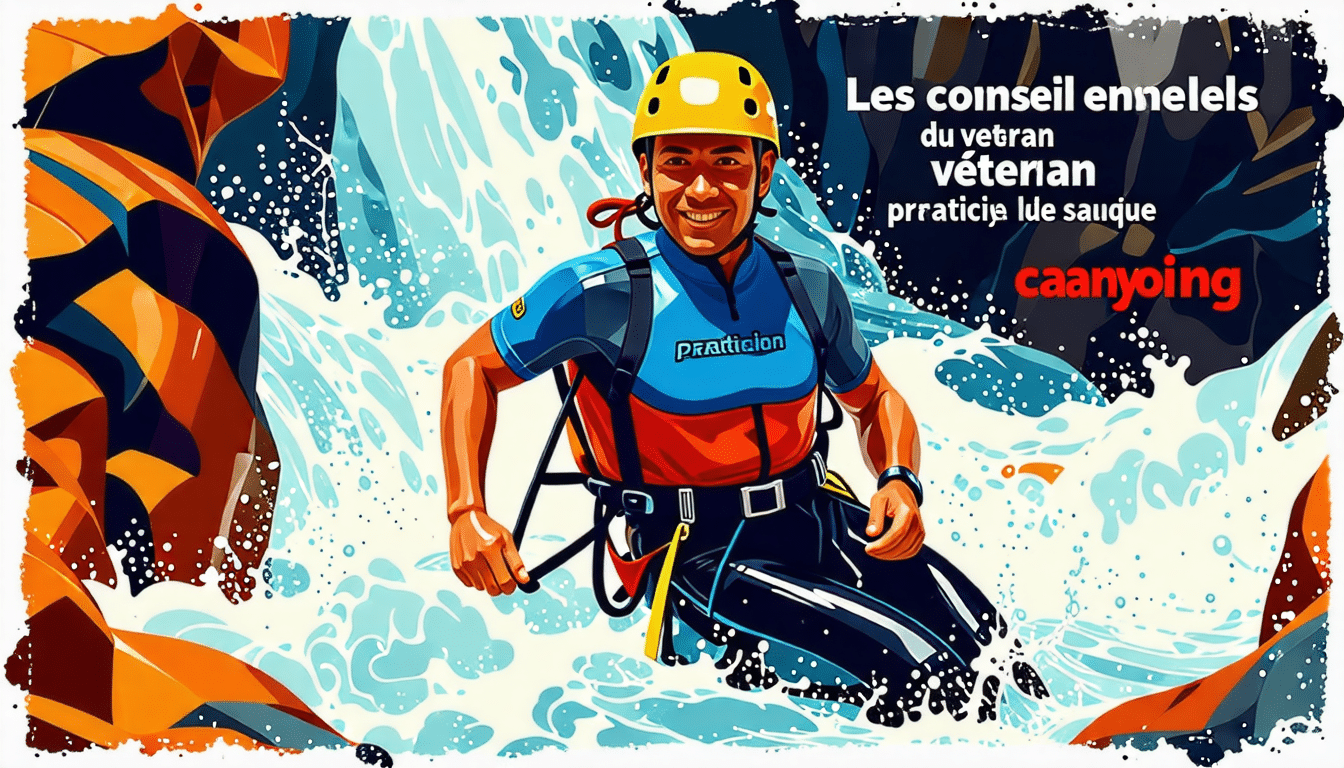Canyoning is an exciting activity that combines hiking, climbing, swimming and rappelling along wild and spectacular canyons. However, to fully enjoy this experience in complete safety, it is essential to follow the wise advice of veterans of this discipline. Discover in this article essential tips for practicing canyoning in complete safety and fully enjoying this exceptional adventure.
Careful preparation for a successful adventure
Welcome to the thrilling world of canyoning ! Before heading out into the white waters, take the time to plan your route. Inform your loved ones of your destination and consult specialized guides to find out the best spots. Always check the weather and bring enough supplies. If you are a beginner, consider calling on professionals in the canyoning for a secure and enriching experience.
Hydration and nutrition: your essential allies
Never underestimate the importance of staying hydrated. Keep a bottle of water on hand at all times. To keep your energy up, pack energy snacks like dried fruit, cereal bars or fresh fruit. Avoid large meals that could slow you down. Plan strategic breaks to regain strength and fully enjoy your journey.
Quality equipment: your guarantee of safety
Equipment is the key to safety in canyoning. Opt for a sturdy helmet that will protect your head from falling rocks, and a well-fitting harness for abseiling. A neoprene wetsuit will keep you warm and prevent scrapes, while canyoning shoes with good grip will be essential on wet and slippery surfaces. Don’t forget to equip yourself with ropes, carabiners and a waterproof bag for your personal belongings.
Increased vigilance in the face of water dangers
Water can be unpredictable. Be alert for water movements such as washes and riptides, which are often invisible to the naked eye. Handling ropes in strong currents requires special attention. Before you leave, find out about weather conditions and river flow. Don’t take unnecessary risks and be prepared to change your plans if necessary.
Mastery of essential techniques
For safe practice of canyoning, good mastery of techniques is crucial. Learn how to set up a safe belay and properly use a descender to control your descent speed. Adopt the safety position in white water, on your back, feet forward to absorb shock. Also work on your ability to actively swim in currents and navigate obstacles safely.
- Secure relay with solid anchors
- Proper use of a descender
- Safety position: on your back, feet forward
- Active swimming in currents
- Secure crossing of waterfalls and siphons
Finally, train in aquatic rescue techniques and master resuscitation procedures specific to the aquatic environment. Always have an emergency plan and continue training with certified professionals to stay up to date on best practices.
By following these wise tips, you will be well prepared to take full advantage of canyoning while staying safe. Adventure awaits, so prepare well and dive into the action with confidence!









